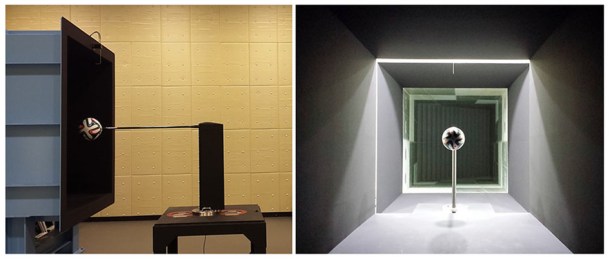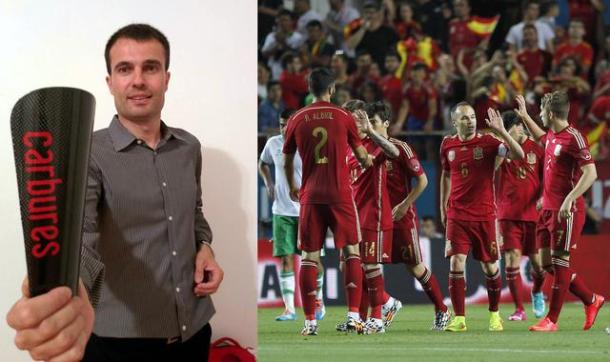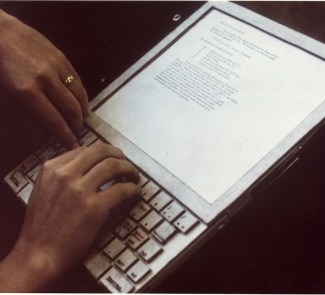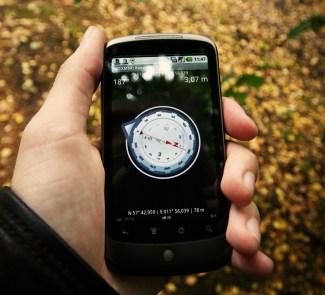Four incredible technological advances will make the Brazil World Cup a totally different championship. On 12 June, the Brazil World Cup, the world's most important football event, will begin, with innovation taking the field along with the players.
In just a few days’ time, the 2014 Brazil World Cup will begin. This time, the most anxiously-awaited football event will be held in Latin America, giving spectators the chance to see amazing plays, last-minute goals, and one of the most widely-followed sporting events on the planet.
Technology will also be accompanying the 32 national teams and 736 players who are dreaming of raising the trophy in Río de Janeiro’s mythical Maracaná Stadium. Today in the Think Big Blog, we’ll cover some of the most important advances that will be applied from the very first minute of the opening game between Brazil and Croatia, on Thursday.
Brazuca, the “scientifically tested” World Cup ball
On 12 June, when the referee blows his whistle, the team that includes Neymar and Thiago Silva will start the ball rolling on the pitch of the Arena de São Paulo stadium. But this time, the ball will be different from previous years. The Brazil World Cup will be filled with magic, sport, and of course, science.

The ball chosen by FIFA this time has been named the Brazuca, and it is the result of years of research and a completely aerodynamic design. To guarantee stability, scientists created a ball with just six panels (as opposed to the 32 hexagonal and pentagonal panels that normally make up conventional balls), tested Brazuca in wind tunnels and used robots to shoot the ball, according to the scientific agency SINC.
The results of this research have been published in the magazine Scientific Reports, and concluded that the new six-panel structure gives the Brazuca, the official ball of the World Cup, greater capacity to follow “relatively stable and regular flight trajectories”. These images show some of the tests carried out on this “scientifically tested” ball:

Spanish-made satellites to rebroadcast the World Cup
If the ball is going to be from “another planet”, we’re going to have to see it. And so that we don’t miss a single game of the Brazil World Cup, FIFA and the government of Dilma Rousseff have selected the Spanish company, Hispasat, to guarantee the televised rebroadcast of the most important football event of the year.
The company, through its Brazilian subsidiary, developed the satellite Amazonas 4A, which was launched into orbit in March. With this step forward in the telecommunications sector, Rousseff wants to ensure that the demand that will be generated by the Brazil World Cup 2014 and the Río Games in 2016 will be covered.

The Amazonas 4A was sent into orbit from the station of the European Space Agency (ESA) in French Guiana. Its launch was successful at the third attempt; the satellite had initially been slated for launching on 6 November of last year. Elena Pisonero, the company’s CEO, said that this satellite would “ bring high-definition television services to the World Cup”.
Aerospace technology so that kicks “hurt less”
And if science and technology are behind the ball and the millions of televisions that will be tracking the World Cup minute by minute, why not innovate in the area of player safety? That’s what Iván Contreras, an Andalusian entrepreneur, was thinking when he created Carbures USA, a company related to the aerospace industry.
According to Pere Estupinyà at the SINC agency, the shin guards that the Spanish team will wear have been designed based on heavy-duty research. “La Roja” will enjoy a series of innovative products made with carbon fibre and layers of elastomers, that will be a big help in making the kicks delivered by their opponent less painful, and of course, avoiding the risk of injuries.

But innovation never stops; in the coming years, Carbures USA plans not only to make its shin guards out of special materials, but also to make them “smart”. To do this, Contreras wants to connect sensors that can measure parameters in real time, such as movements, position, distance covered, impacts received, and even the vital signs of the players.
Although these “smart shin guards» won’t be ready for the Brazil World Cup, it is true that sports innovations can sometimes sound like they’ve come straight out of science fiction. For example, the introduction of these sensors would allow the referee to confirm whether or not a player was offside, and even recommend that the coach substitute the player.
And if I want to watch the World Cup on my mobile device?
When Andrés Iniesta scored the goal that won the World Cup for Spain in South Africa, half the the world stopped in its tracks. On 11 July 2010, the Cup was presented for the first time to the Spanish team. It was undoubtedly a colourful World Cup, full of excitement, and one that many of us will remember forever. But something was missing: mobile technology had not yet made its spectacular leap forward.
The YouTube ID of QbP1nLJqbzM#t=34 is invalid.At the Brazil World Cup, we are going to be able to follow all the breaking developments in the championship on mobile devices like our phones and tablets. For example, the official application of FIFA will keep you updated minute by minute regarding the latest scores and classifications. Other apps, like Samsung Kick, FotMob or Forza Football will also help you catch every detail of the Brazil World Cup that is about to begin.
Images | Arthur Boppré (Wikimedia), Sungchan Hong & Takeshi Ashai (Scientific Reports), Hispasat, Agencia SINC/EFE









